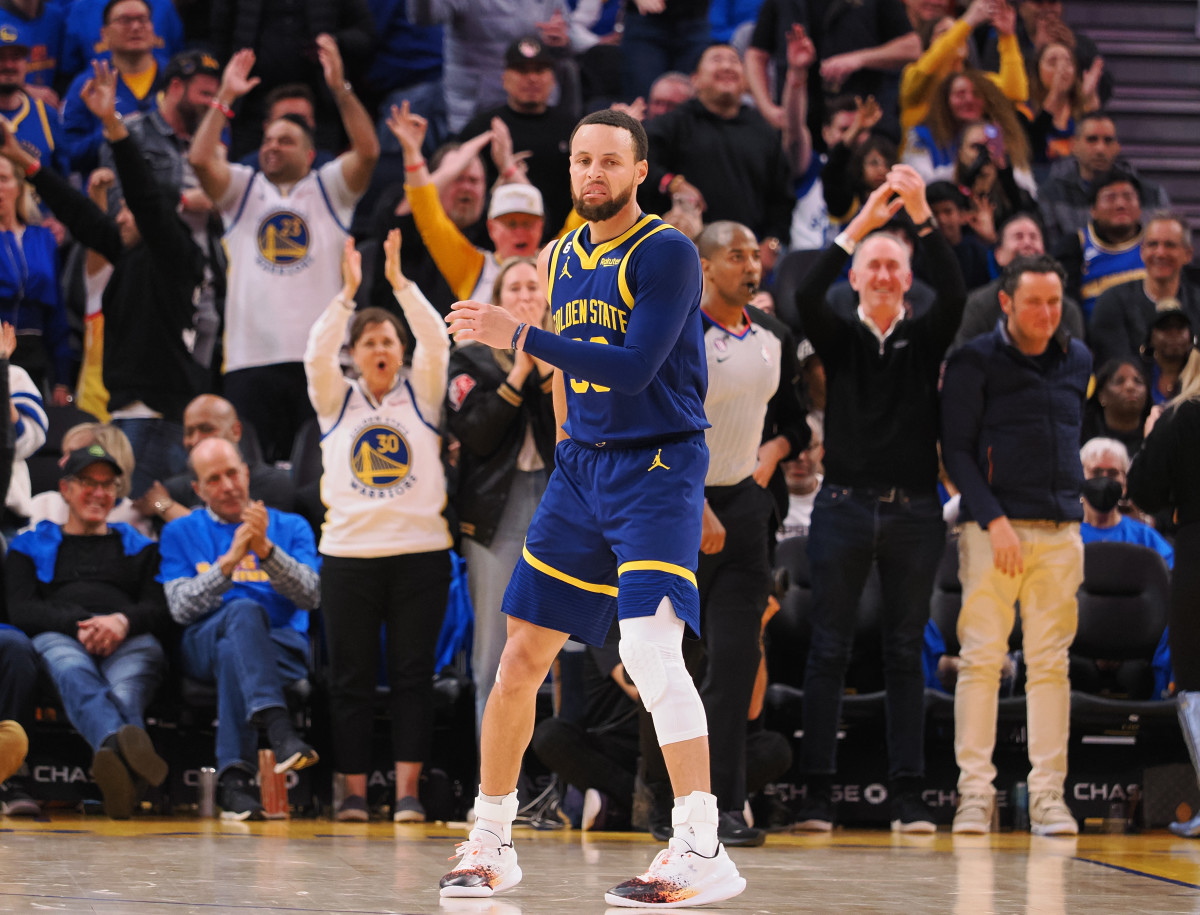Betting, Luxury Tax and an In-Season Tournament: Five Takeaways From the NBA's New CBA

The NBA and NBPA settled on the framework of a new collective bargaining agreement over the weekend. While the true impact of this deal won’t really be known for years to come, the fallout of a new CBA is always significant, with the consequences often arriving in an unintended fashion. (Remember when the supermax was supposed to help teams retain stars, only then those players started requesting trades even earlier because they wouldn’t re-sign? It helped the Lakers win a championship!) The new deal, which still needs to be ratified, will go into effect ahead of next season. Here are a few thoughts on some of the biggest changes.
1. The new tax apron is possibly the most important aspect of this deal. Teams operating in the luxury tax will now be met with a new hurdle: a second apron line of $17.5 million over the luxury tax line that introduces restrictions on roster construction. This mechanism is meant to penalize teams such as the Bucks, Clippers and Warriors, all of whom are paying deep into the tax for championship contenders this year. Teams that exceed this apron will not be allowed to use their taxpayer mid-level exception, cannot sign buyout players during the season and cannot take more money back in trades.

Simply put: I’m not a fan of this. The NBA is so obsessed with parity it penalizes teams that are actually willing to pay to be successful. Owners—all sitting on pretty, multibillion-dollar assets—should be encouraged to spend like Golden State, not creating rules to theoretically level the playing field. Again, what will the unintended consequences be? Think of a team like the Nuggets, which’ve drafted Jamal Murray, Michael Porter Jr. and Nikola Jokić. It’s not inconceivable as those players sign big deals and Denver brings in players around them that the Nuggets could end up dipping deeper into the tax more than they usually do. Why should they possibly meet roster-building restrictions just because they’ve drafted well and built a good team? These parity measures often feel shortsighted.
This new apron is also going to create some in-season complications. Dallas, for example, used its taxpayer mid-level in the summer and then traded for Kyrie Irving near the deadline, which in the new CBA would not have been possible (the Irving trade took them over the second apron). The merits of that trade have been debatable for the Mavs, but I appreciate the team had the flexibility to execute it. Not to mention a second apron discourages teams from spending money, which filters down to the players.
Ultimately, I look at a team like Golden State as good for the game. Dynasties draw eyeballs, and watching upstarts try to knock them off is very exciting. And yet it feels like time and time again the league is trying to make it harder for teams like the Warriors to exist. Even the Bucks, a smaller market franchise, have been willing to pay because of their title window with Giannis Antetokounmpo. Why does the league make me want to think those teams shouldn’t be fully going for it?
2. Players being able to invest in NBA and WNBA teams seems great on its face, though I’m very curious about how it will be executed. Between private equity firms and sovereign wealth funds, some of the investors the league is courting make me a little squeamish. Still, it’s long overdue for players to share in the massive wealth they help generate when it comes to franchise values.
Players being able to invest in cannabis companies is also a no-brainer. If anything, the league could be a little proactive in finding investment opportunities for players who had their careers affected by marijuana suspensions in the past.
I was already sick and tired of the number of gambling commercials I’ve been inundated with watching any sporting event the last few years. As much as I am into the idea of players having all the same financial opportunities as the owners, letting players endorse sports betting companies is one idea that has serious potential for disaster. Unless we want to give players a free pass for punching fans when they complain about losing money due to a certain outcome. (I’m not necessarily opposed.)
3. The 65-game threshold for awards is too high. It could be used as a benchmark for individual awards, but it shouldn’t be for All-NBA. The All-NBA teams should be a reflection of the best players from that particular season. Voters already take games played into account. Sometimes somebody was so good in 62 games they still deserve to be on an All-NBA team. This is opening the door for lesser players to be recognized, which again could have serious consequences due to how max extensions are tied to end-of-season awards. Deep down, Adam Silver has to know reducing the number of games is a better idea than this as it relates to load management. This will inevitably lead to some goofy outcomes over the next few years.
4. Get rid of the one-and-done rule already.
5. I am one of the few holdouts who thinks the in-season tournament could be a good idea. I’ll be honest, though: I have no idea how it’s supposed to work. Pool play will be built into the season? The tournament games except for the championship will count toward the regular season? But only eight teams take part in the actual single-elimination tournament? Huh? This all seems needlessly complicated. Just take a break at some point during the season. Put all 30 teams in the bracket. And give each winning player $1 million. Instead, it’s whatever this complicated thing is going to be. And a paltry $500,000 prize to boot. As much as people were wary of the play-in tournament, it’s been a success in adding meaning and intrigue to the regular season. So far, what I’ve seen about this new tournament leaves a lot to be desired.
